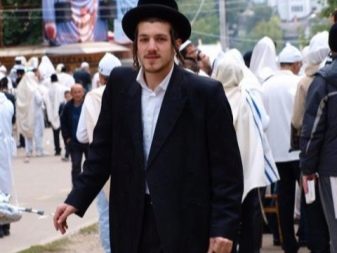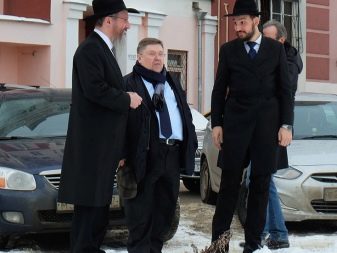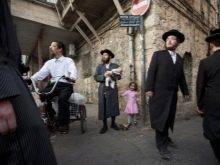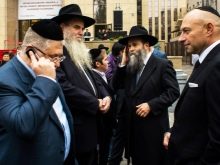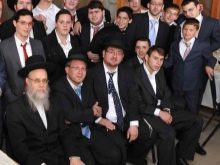National costume of the Jews
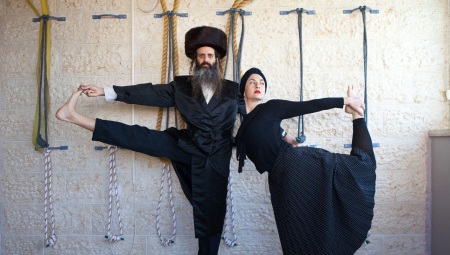
Historical facts
The history of the development of the national costume of the Jews is varied, interesting and even sad. When creating a traditional outfit, representatives of the Jewish nation had to take into account that the inhabitants of most countries are extremely negative towards them. Therefore, they tried to give the clothes such a look so that it looked natural in any area, but at the same time did not depersonalize a person.
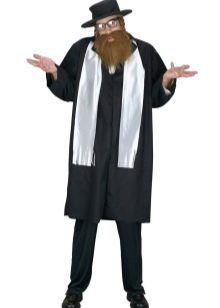
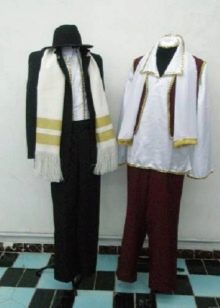
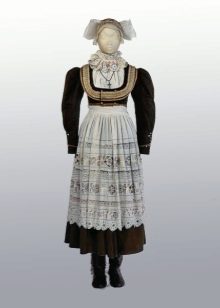
The Jews managed to achieve this effect. The traditional Jewish costume combines two necessary qualities: it helps to emphasize the color, the specifics of the people, without causing misunderstanding among people of other nationalities.
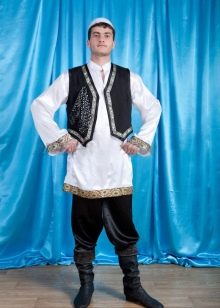
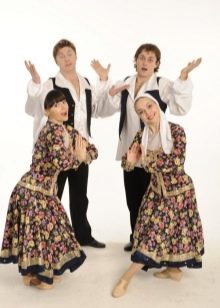
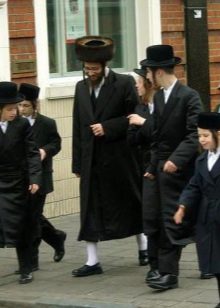
For a relatively short period of time in world history, the Jews managed to achieve perfection in their national dress. A lot has been taken into account to make the suit attractive and comfortable.
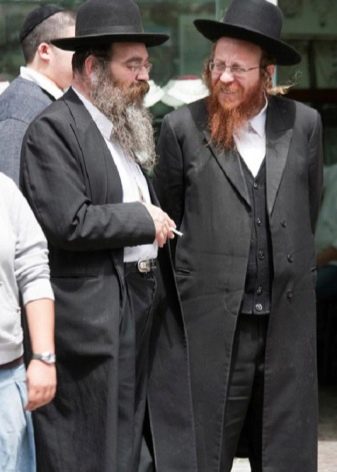
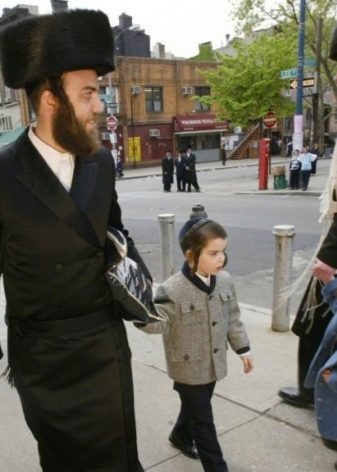
These days, Jewish traditional clothing is practically unchanged, however, talented designers often modify outfits, experimenting with colors, décor and style.
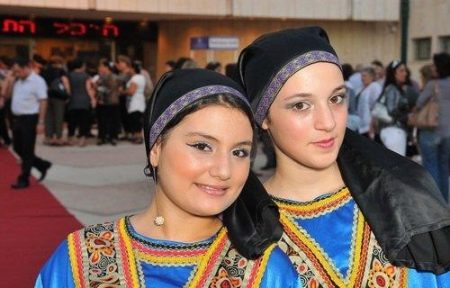
Towards the ideal
The Jewish national costume had to walk the steps of progressiveness in order to become exactly what people of the twenty-first century see it.
- The very first version of the Jewish clothing was born thanks to the culture of the great Babylon. Throwing off the shackles of Babylonian slavery, the Jews put on a caftan. Two shirts were considered standard - made of linen and wool. The costume was complemented by a wide belt.
- The reign of King Solomon had a positive effect on the national costume of the Jews.To create the outfit, they began to use weightless fabrics that seemed airy. Embroidery with gold and silver threads became widespread. Especially wealthy families could even afford gemstone décor. The hair of the rich girls was decorated with pearls.
- As the twentieth century drew near, Jewish clothing was losing its chic. Laconicism and modesty began to prevail in the style. The emphasis was on the details that determined belonging to a particular community and religion. To merge with European society, the Jews had to exploit the coats and black hats popular at the time.
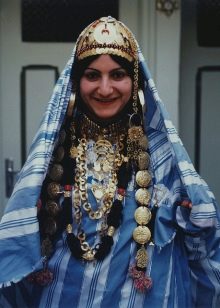
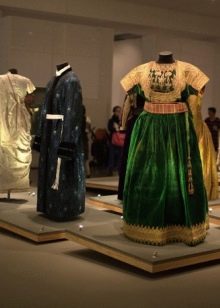
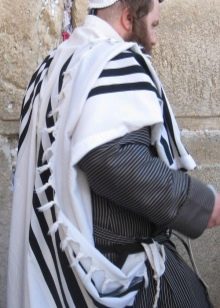
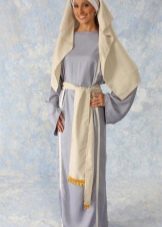
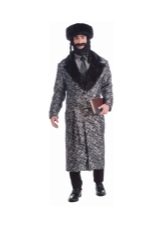
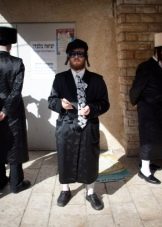

Features of the color scheme
The national costume of the Jews does not differ in brightness and saturation of shades. The outfit is restrained, to some extent even strict. In the twentieth century, settling in small towns in Europe, Jews were afraid to draw attention to themselves, so they had to forget about colorful flowers.
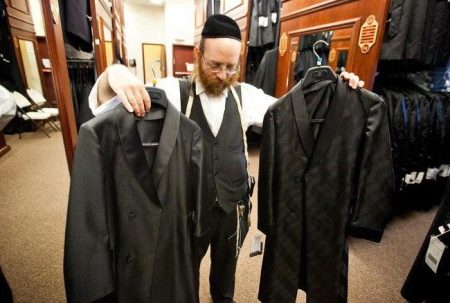
Briefly describe the main color of Jewish clothing - neutrality. Black is especially common. In the cold season, Jews wore outfits decorated in brown or blue. And during the summer months, to escape the heat, they wore white clothes.
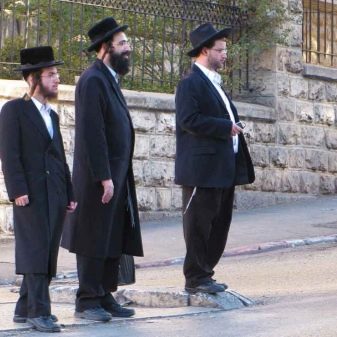
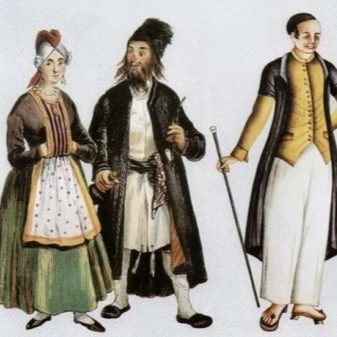
Material and style
Jewish culture has always focused only on city life, so there is no model for peasants. Unlike representatives of other cultures, girls never had to make their own clothing materials - all fabrics were purchased in the markets.

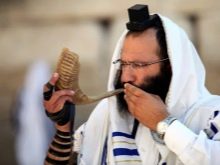
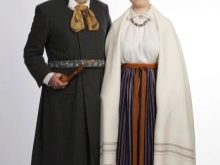
The cut of the national costume of Jews is free and voluminous, however, it does not completely hide the outline of the silhouette, which is a plus - which woman would like to hide her dignity from other people?
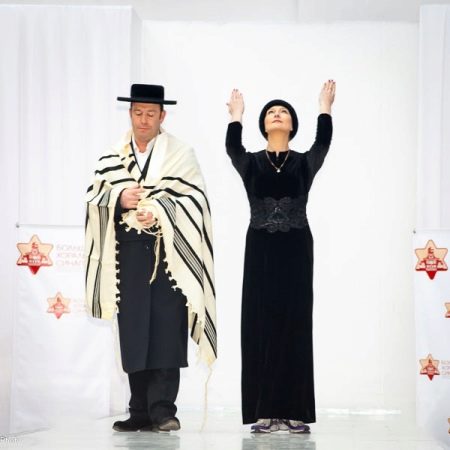
Male outfit
Jewish men did not seek to be in the center of women's attention through elaborate clothing. They went the other way. The male national costume of the Jews evokes sympathy for its specific elegance, masterfully emphasizes masculinity and religiosity. The robe is a black cape and frock coat.
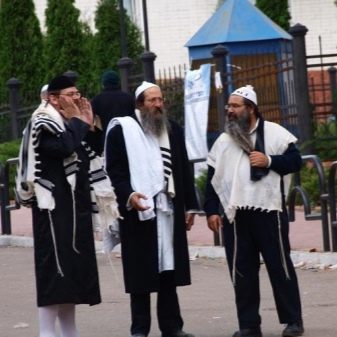
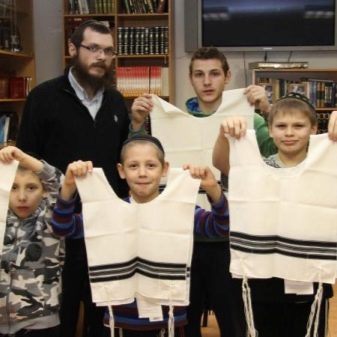
The cape has an official name - tallit katan. Without this element, it is impossible to imagine the national men's clothing! The cape looks like a white rectangle of fabric with a wide slit for the head. Special brushes are placed on the edges. Eight threads hang on each.
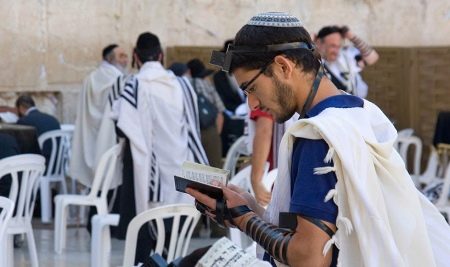
It is pleasant to consider the talit katan only as outerwear, but this is a delusion. Men wear a cape and under a shirt. It is important that the only condition is observed - the tassels must be on top of the trousers.
Suit for women
Women's costumes could not boast of something transcendental, but the dresses still did not hide the natural attractiveness of Jewish girls. Yes, they did not wear chic clothes like Europeans, however, there was always something special in the national clothes of the Jews. What made them extraordinary.
Women's traditional attire included a skirt, blouse, dress and apron. All clothes had to fulfill a practical function: dark colors (black, gray, brown) perfectly protected from household pollution, which invariably persecutes women doing housework. It was also believed that the apron protects from curses and the evil eye.
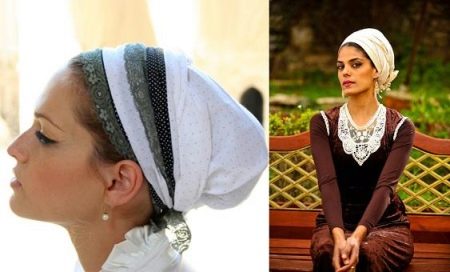
Girls adhering to outdated views of religion opted for dresses with long sleeves that hid their hands to the very wrists. Such women's costumes were decorated with lace and white embroidery, which symbolized purity and kindness. The dress featured a high collar, also complemented by lace. A tight ring of leather belt was centered at the waist.
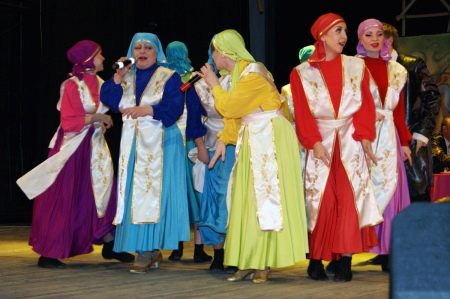
Children's options
The children's national costume of the Jews had little difference from the adult version. The girls wore dresses that were so closed, lacking in brightness, but they were not as long as their mothers.

Boys were not allowed to wear a cape called "citit" - this was prohibited by religious canons.Having reached the age of thirteen, the young men could celebrate the barmitsa, and only after that the quotation became available to them. After the celebration, the boy could also proudly call himself a man.
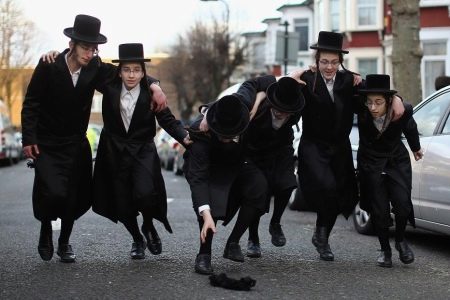
Jewelry and shoes
The Jewish national costume does not contain a large number of acceptable accessories. Men wear belts and ties, but on rare occasions. Ties cause a lot of controversy among Jews. By tying it, you get a cross-shaped knot. This is what scares away adherents of the orthodox religion.

Women were very fond of hats. Beautiful beads that were worn in two rows were in great demand.
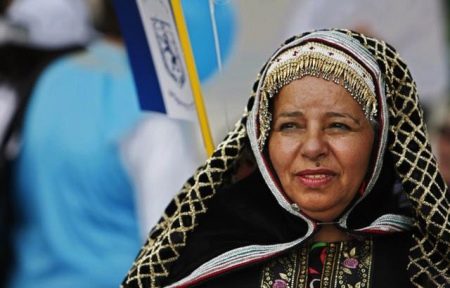
Shoes in a Jewish costume are high, rather comfortable boots that are securely fixed on the leg with the help of strong lacing. In warm weather, they did not wear socks under them, and with the onset of cold weather, they had to use knitted laces.
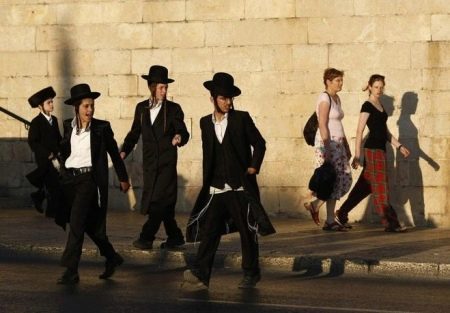
Hats
Not a single self-respecting Jew can do without a headdress. In some cases, men use multiple products. Most often it is a yarmulke covered with a dashek or a helmet.
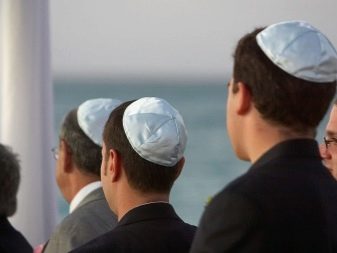

The yarmulke is of great importance. The size and cut of this traditional headdress has a hidden meaning. The yarmulke looks like a beanie, and many people, upon seeing it, immediately think of the Jewish nation.
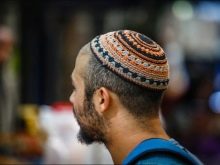


If you literally translate the name, you get two words - "yeer" and "malka". The translation is simple - “one who fears the master,” that is, God. Religion plays a big role in Jewish life.
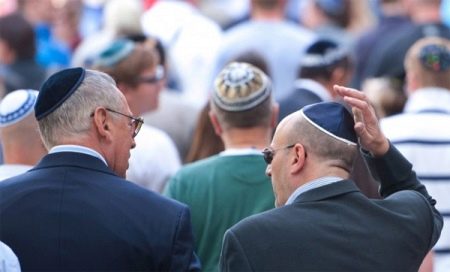
The design of yarmulkes is different. Perhaps this is the only striking attribute in the national costume of the Jews. Headdresses are sewn from wool and felt, there are also knitted models. But men cannot purchase a yarmulke at will, giving preference to any style or color. The choice should be based on which option is worn by the Jews in the community.
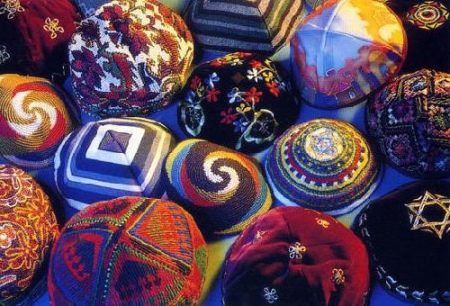
Black hats also provide religious clues. The size and decorative inserts show to which branch of Judaism the owner of the headdress is inclined.
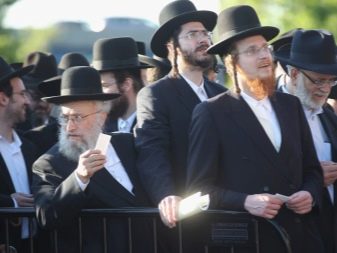
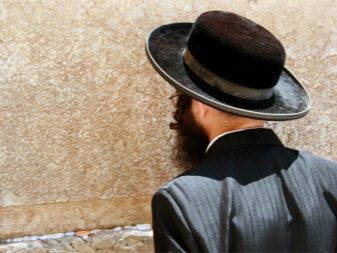
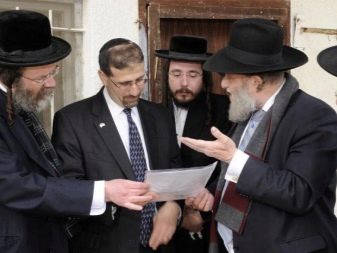

Traditional costume in modern society
The Jewish outfit in modern times is not used less often. Until now, models of the national costume adorn the streets of different cities. Deeply religious people did not give up capes with yarmulkes either. The products have been simplified a little, but at various ceremonies, Jews appear in the original version of the traditional dress.
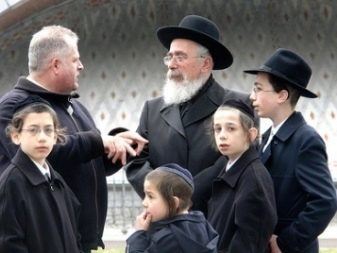
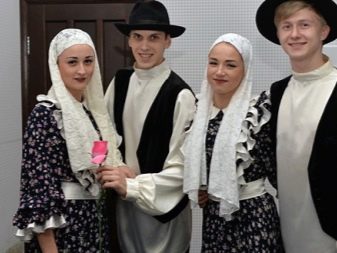
The national costume is necessary for dancing, because themed festivals are often held! Girls prefer to perform in front of the audience in a modern variation of the Jewish dress, since it is much more convenient to make active movements in it.
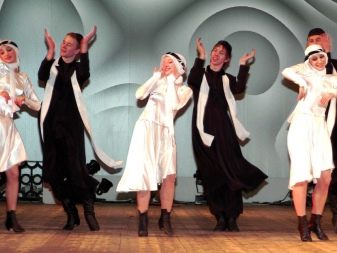
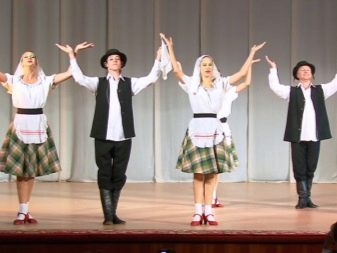
Reviews
Buyers of Jewish costumes are satisfied with the purchase. They assure that the outfit is able to give extraordinary sensations. The owner of national clothes will be able to plunge into history, enjoy this strange but pleasant feeling.
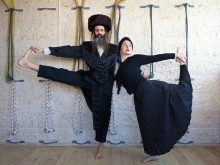
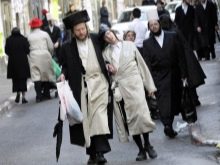

The costume looks attractive and original.
